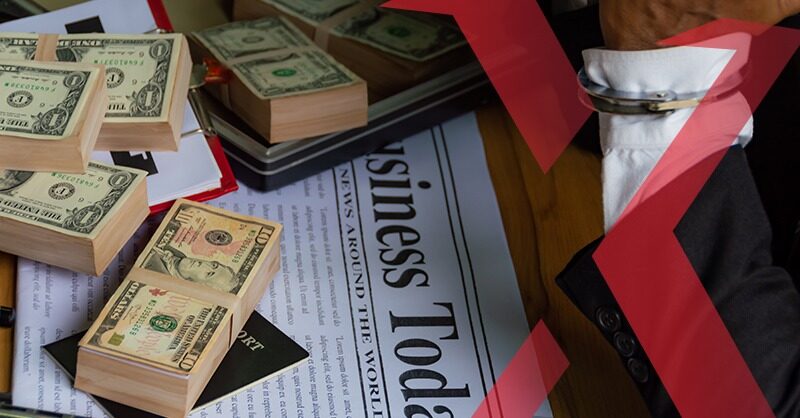How the Fed’s monetary policy can impact your savings accounts

Last year, inflation hit a more than 20-year high, clocking in at more than 9%. In response to rising prices, the Fed embarked on a series of rate hikes, bringing its benchmark rate from near zero to more than 5%. Now, the Fed forecasts keeping rates steady through the first half of 2024 before cutting rates later in the year.
When the Fed changes the interest rate, it can directly impact your finances, whether it’s on the interest rate you receive on your savings account or the APR you pay on your credit card.
We dive into how the Fed’s rate changes affect how much you earn on your savings. But before that, here are a few key terms you should know:
-
Annual Percentage Yield (APY):
The amount of interest your savings account earns in a given year.
-
High-yield savings account:
A type of savings account that offers a higher yield on the money you keep in your account than traditional savings accounts.
-
Certificate of deposit (CD):
A type of savings account that pays interest in exchange for setting aside money for a fixed period.
-
Fixed APY:
Rates that remain unchanged for a set period.
-
Variable APY:
Rates that fluctuate depending on economic changes. How the Fed’s rate hike can impact savings accounts
When the Fed hikes rates, it costs more to borrow money, so it’s more expensive to take out a loan or carry any type of debt. Rate hikes can also lead to layoffs—some companies may cut expenses in response to higher borrowing costs. The reduction in spending and increase in saving may result in slow economic growth and inflationary pressures. Higher rates have some benefits: The APY on your savings account increases when the federal funds rate rises, making saving more attractive than spending.
If you’re unsure how to use this latest hike to your advantage. Here are a few ideas:
-
Shop around for the highest possible rate:
When rates rise, brick-and-mortar financial institutions, as well as online banks and credit unions may raise rates to attract new customers and remain competitive in the space. Take advantage of a changing economic climate by shopping around and comparing the rates being offered to you across various savings products. You may also benefit from promotional offers that could waive or lower your opening deposit or monthly fee. Bonus tip: Online banks typically offer higher rates than brick-and-mortar banks because they have lower operating costs.
-
Boost your savings:
Take this time to revamp your budget and see where you can make cuts and reallocate funds into your savings. If you don’t have a budget, don’t sweat it. Budgeting strategies like the 50/20/30 method or zero-based budgeting can help you figure out where you may be overspending and how to reorganize.
-
Let compound interest work for you:
Sometimes one of the best ways to build your savings and earn interest is to keep your hands off your savings. When you make frequent withdrawals, you’re lowering the balance in your savings account and reducing the potential interest you may earn. If you have a hard time not dipping into your savings, consider putting your money in a CD that will incentivize you to save and not spend your savings with a higher, fixed rate and penalize you if you withdraw money with an early withdrawal penalty.
The takeaway
When the Fed changes interest rates, it affects the APY you get on your savings account. With the Fed planning to cut rates later in 2024, consumers can still take advantage of high interest rates by opting for a high-yield savings account or even locking in a solid APY on a CD.
